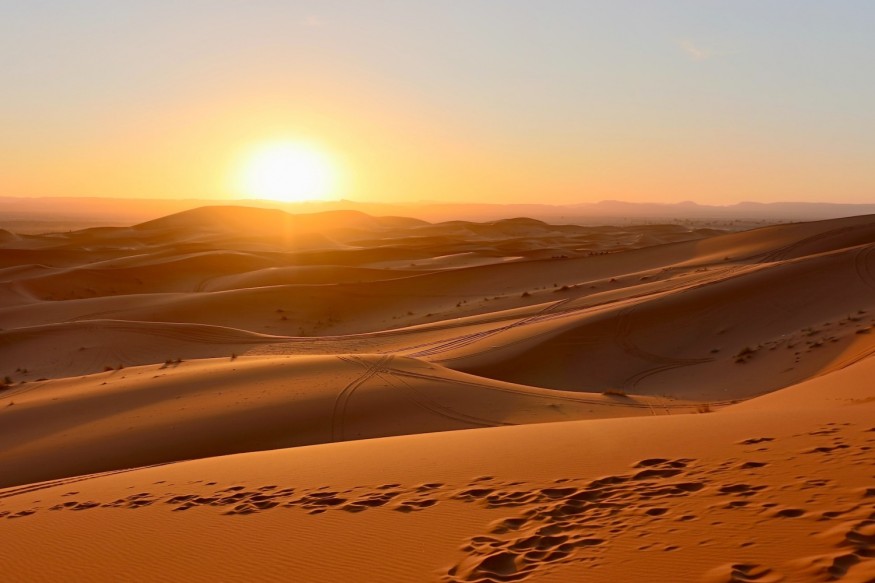The Sahara is known as the largest desert in the world, with its seemingly endless sea of sand and dust underneath the scorching heat from the Sun. This arid region in North Africa spans 3,000 miles (4,800 kilometers) from east to west of the sub-continent.
While the modern world views the Sahara Desert this way, evidence shows that the region was once green and is nothing like the desert wasteland that we see today. The Sahara once had rivers and lakes, as well as water-based animals at certain periods in time.
Scientists believe that the region undergoes a phenomenon called Sahara Desert greening, which turns the dry environment into fertile, green land every 21,000 years. Due to its massive size, the Sahara Desert also covers several countries, including Algeria, Egypt, Mali, Sudan, and Tunisia.
Sahara Desert Greening

Scientists pioneered a study about the Sahara Desert greening, indicating that the North African humid periods that have occurred over the past 800,000 years explains why the arid region that we know now was periodically green, according to a news release by the University of Bristol earlier this year.
These periodic wet phases were reportedly caused by changes in the Earth's orbit around the Sun, but it was suppressed during the ice ages thousands of years ago.
There are also other evidences of an ancient Green Sahara based on reported discoveries of ancient rock carvings and paintings across the Sahara Desert, showing that the landscape once had water-dwelling animals like hippos, crocodiles, and turtles.
North African Humid Periods
The 2023 study entitled 'North African humid periods over the past 800,000 years' that highlighted the ancient past of the Sahara Desert was published in the journal Nature Communications in September. Researchers describe the North African Humid Periods (NAHPs) to be linked to astronomy through precession which controls the intensity of the African monsoon system.
The scientists state that most climate models are unable to reconcile the magnitude of these events, leading to driving mechanisms to remain poorly constrained. To understand NAHPs or Sahara Desert greenings, the research team used a developed version of "HadCM3B" combined with a climate model that simulated 20 NAHPs over the past 800,000 years.
The team involved in the study from Finland and the United Kingdom concluded that the Sahara region was periodically vegetated before it turned into the vast desert landscape that modern societies have recognized.
In 2016, the Massachusetts Institute of Technology (MIT) reported scientists found that a large reduction in African dust plumes led to an intensified Saharan monsoon 11,000 years ago. This means that the region experienced wet conditions during the early Holocene epoch.
While the Sahara Desert greening is nowhere to be seen today, the evidence that the region also welcomes significant rainfall means that NAHPs are entirely possible and do not reside in the realm of fiction.
Related Article: Sahara Dried Out From 800 Years of Extreme Groundwater Harvesting
© 2025 NatureWorldNews.com All rights reserved. Do not reproduce without permission.





